When it comes to choosing the right tools for a kitchen, understanding the dimensions and utility of each piece is crucial. One essential item that often raises questions among kitchen professionals is the stock pot. In this article, we delve into the question: How big is a standard stock pot? Not only will we explore the dimensions, but we will also discuss the various sizes and uses of stock pots in a professional culinary environment.
Being aware of the sizing will help you choose the right pot depending on the dish you're preparing, whether it's for stocks, soups, or stews. A standard stock pot falls within a range of sizes, typically measuring from 8 quarts to 20 quarts or more. The size you select may change based on the quantity of food required for service.
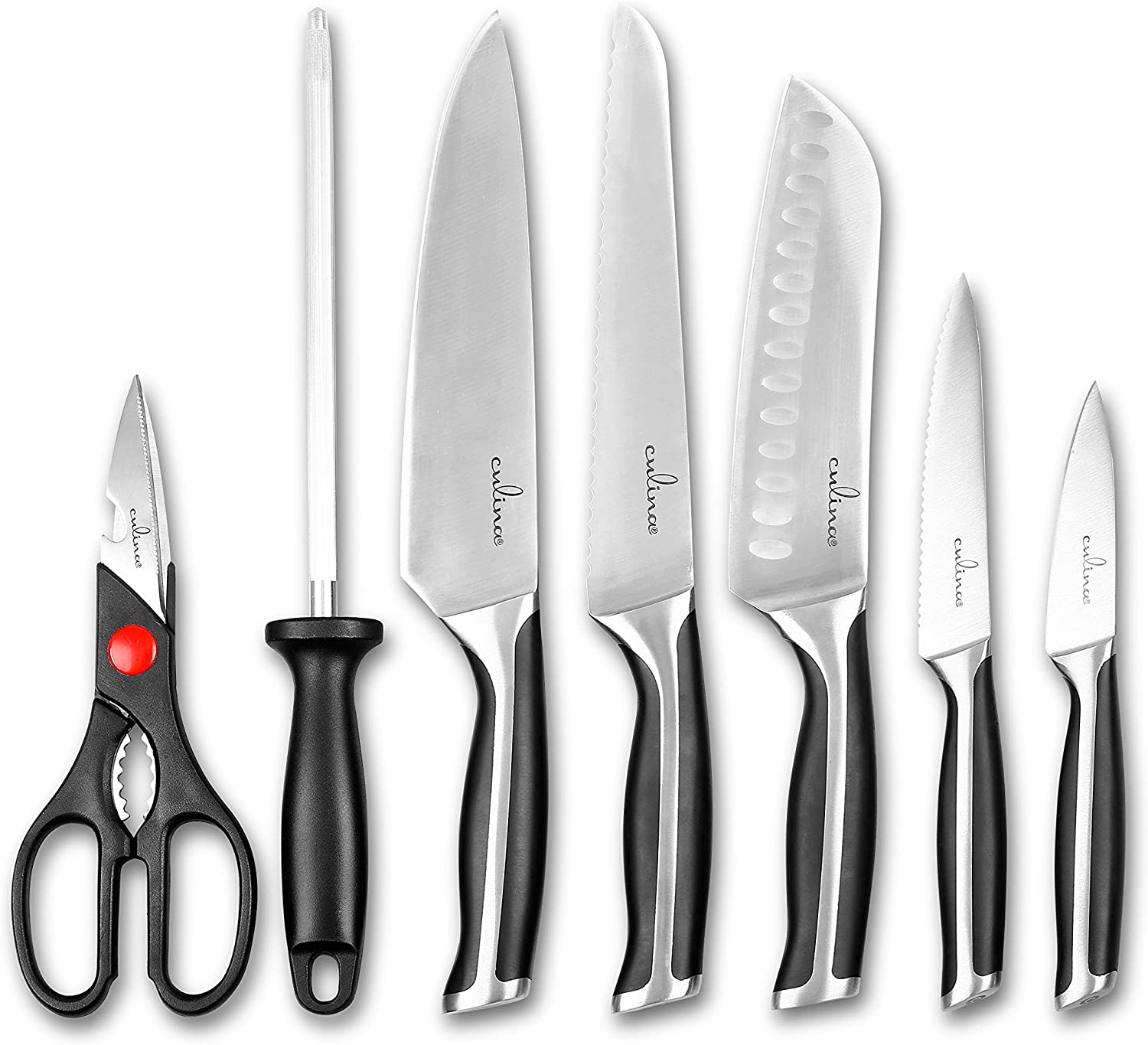
Understanding Stock Pot Sizes
Stock pots can come in a variety of sizes, each tailored for specific cooking purposes. In professional kitchens, the standard sizes include:
- 8-quart stock pot - Perfect for small batches
- 12-quart stock pot - Good for a modest gathering
- 16-quart stock pot - Ideal for larger recipes
- 20-quart stock pot - Great for large events
Most restaurants and culinary institutions tend to stock a variety of sizes to cater to different needs at various times.
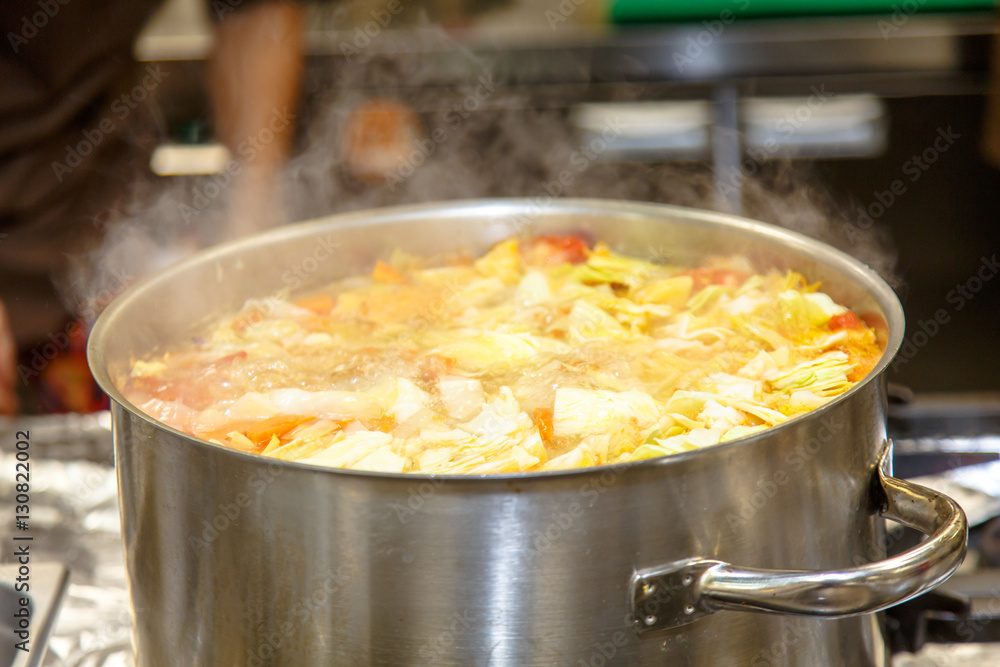
Common Uses of a Stock Pot
In professional kitchens, stock pots are invaluable tools for multiple culinary tasks. Here are some common uses:
1. Making Stocks
A stock pot is primarily used for making stocks. The larger the pot, the more ingredients you can fit in. For example, a 20-quart pot is ideal when preparing large batches of vegetable or chicken stock that can later be used in a variety of dishes.
2. Cooking Soups and Stews
Whether you're crafting a comforting soup or a rich stew, having the right pot can make a difference. A 16-quart stock pot can hold enough ingredients to feed a crowd, making it a versatile choice for chefs.
3. Boiling Pasta or Seafood
When it comes to boiling pasta or seafood, a larger pot is advantageous. Using a 12-quart pot allows for ample space to prevent boiling over, ensuring your dish turns out perfectly. To learn more about preparing crab legs in a stock pot, check out this guide.
4. Blanching Vegetables
Blanching is made easier with the right size pot. A 8-quart stock pot is perfect for small batches, and it allows for quick and efficient cooking.

Choosing the Right Size for Your Kitchen
Selecting the appropriate size of stock pot is essential for efficient kitchen operations. Here are some considerations:
- Volume of Cooking: Must align with your average cooking volume.
- Storage Space: Ensure you have enough space to accommodate your pots.
- Multi-Purpose Needs: Consider if you need the pot for more than just stock.
If you're considering a large pot for a specific application, such as making gumbo, you can refer to this detailed article.
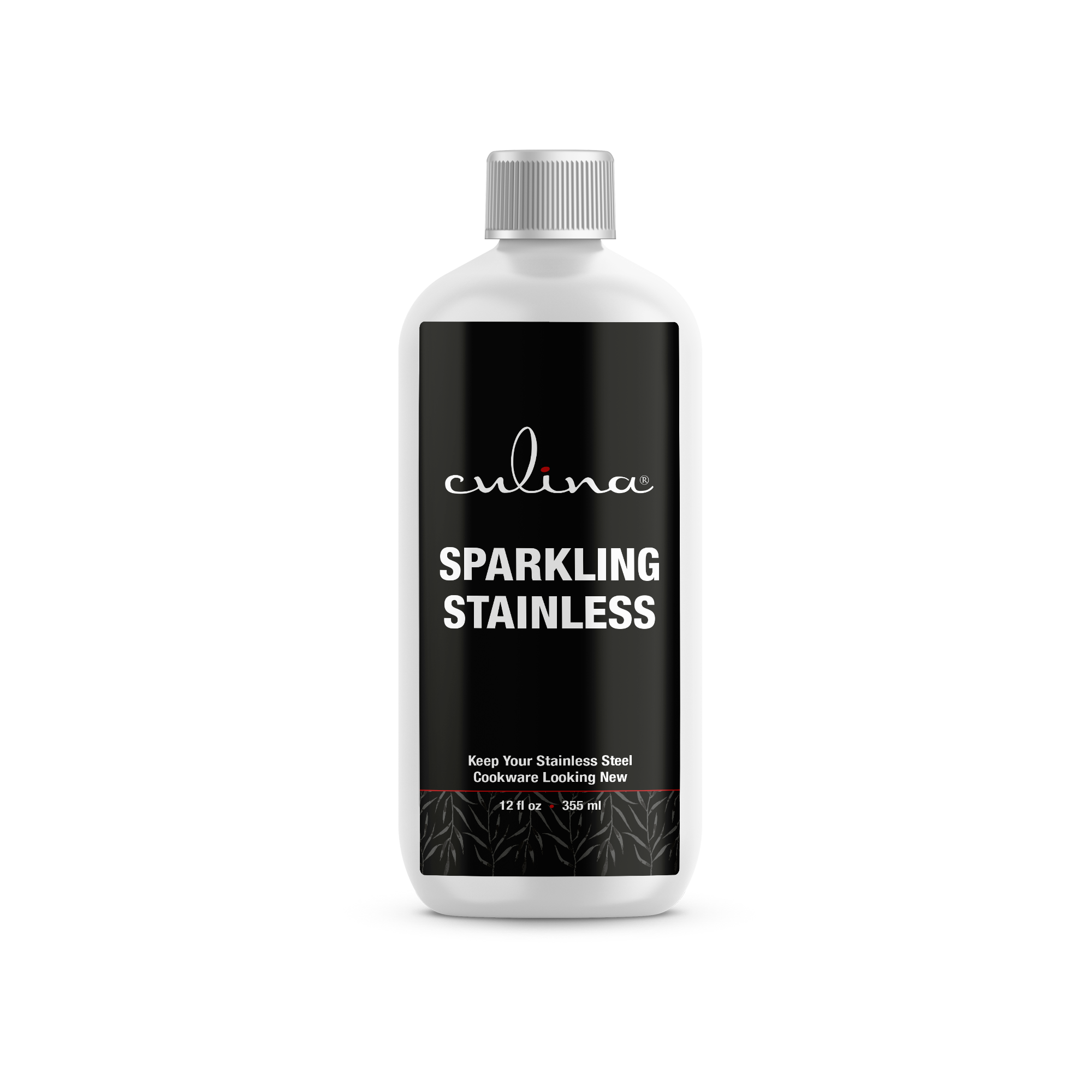
Maintenance and Care
Maintaining a stock pot is essential for the longevity of the pot and the quality of your meals. Here are some care tips:
- Cleaning: Always wash immediately after use to avoid stains and buildup.
- Storage: Store pots in a dry area to prevent rust.
- Inspect Regularly: Regularly check for any dents or damages.
For more information on selecting the right size, you can visit this helpful page.
Frequently Asked Questions
1. What size stock pot should I buy for a restaurant?
It depends on your menu and cooking volume. A 20-quart pot is a good standard for most needs.
2. Can I use a stock pot for frying?
No, stock pots are designed for boiling and simmering but not for frying due to their design.
3. How do I know if I need a larger stock pot?
If you find yourself frequently running out of space or having to cook in batches, then it might be time to invest in a larger pot.
As an Amazon Associate, I earn from qualifying purchases.

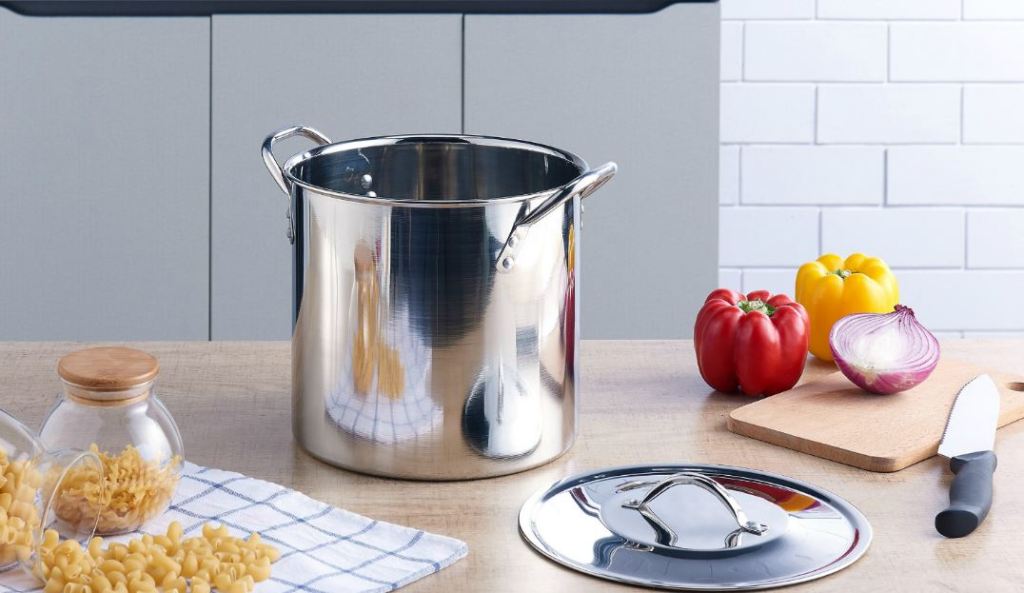


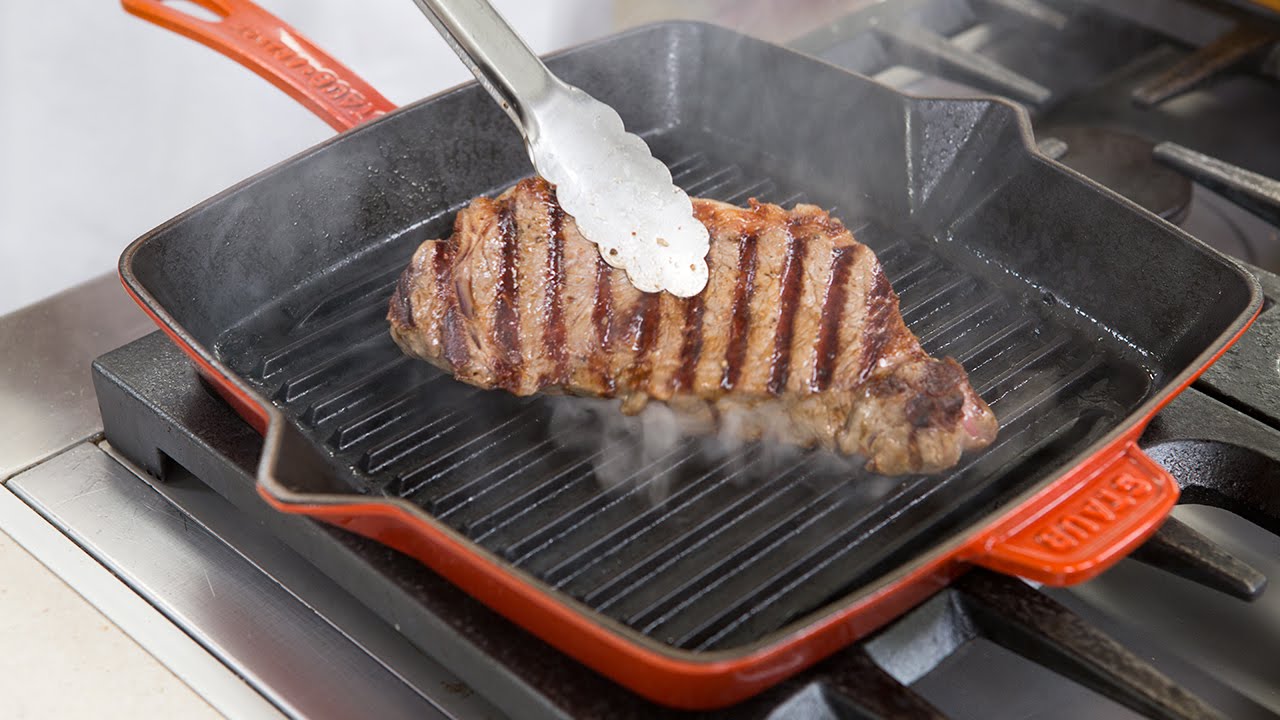
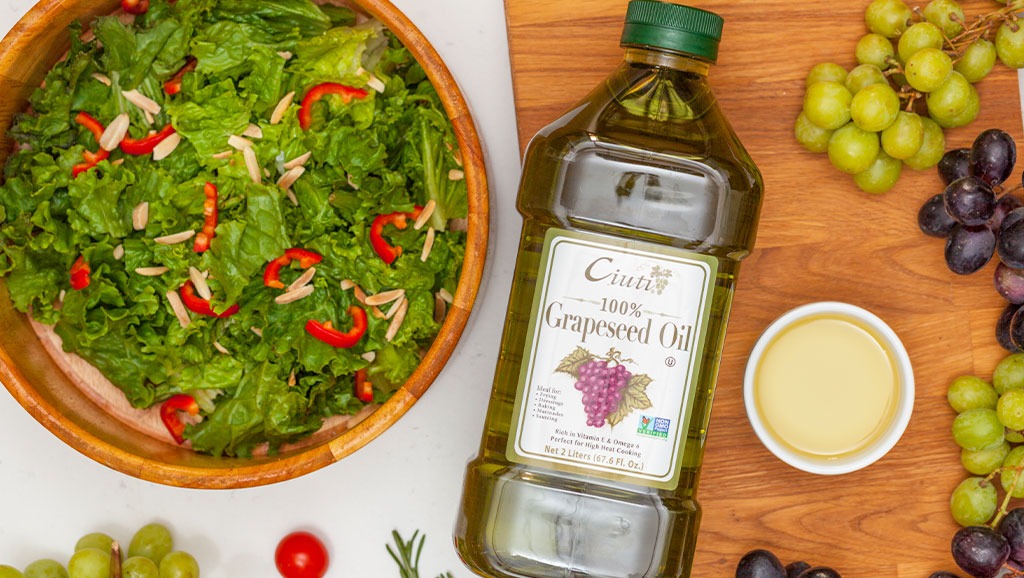
Leave a comment
This site is protected by hCaptcha and the hCaptcha Privacy Policy and Terms of Service apply.